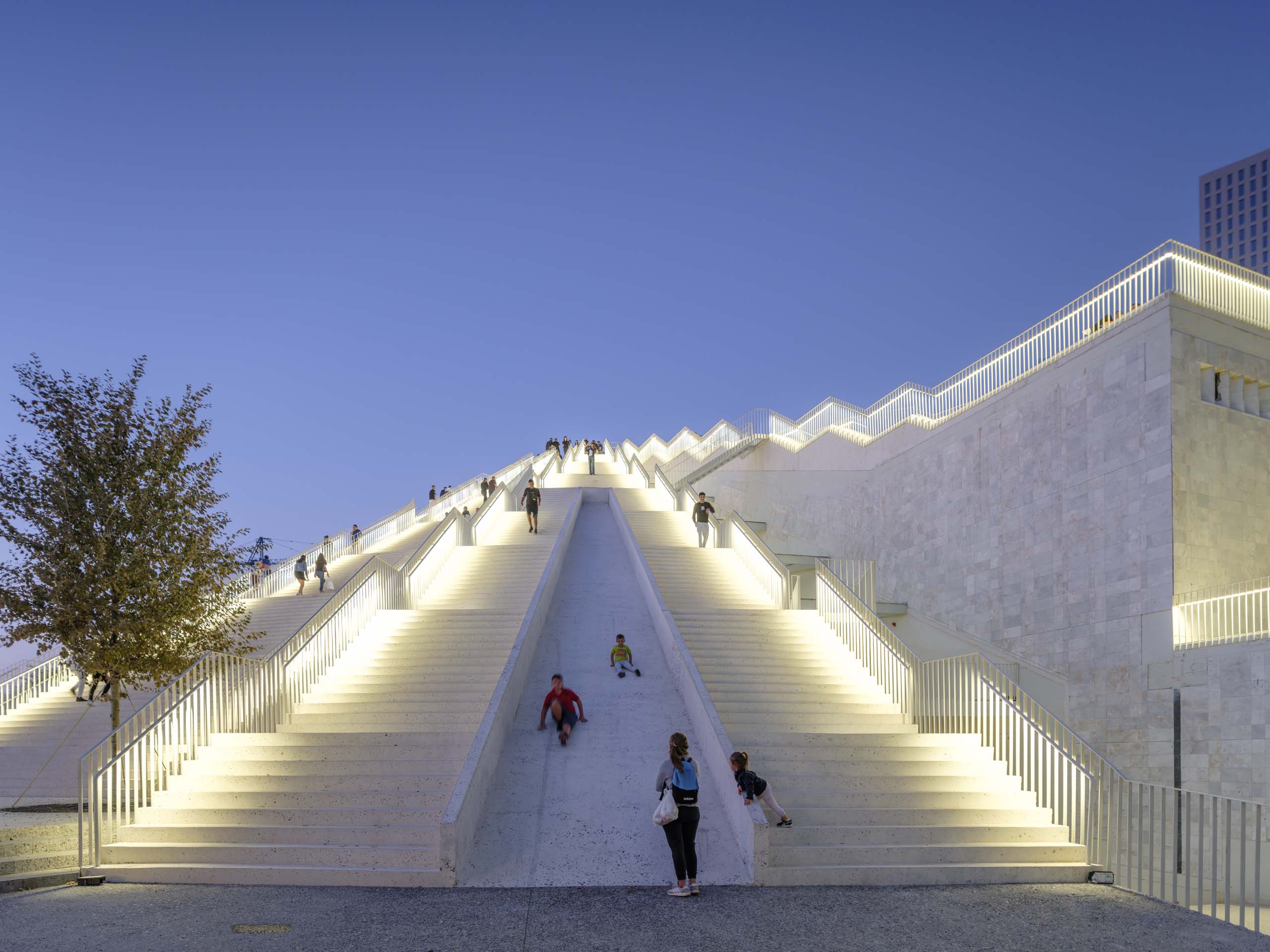Architecture is more than the art of designing buildings; it’s a comprehensive discipline that combines creativity, science, and technology to create environments that improve people’s lives. The architecture classroom is where this fusion begins, nurturing the next generation of architects who will shape our world, often with tools like those found on CalculatorProfessional.com to bridge their imaginative concepts with precise calculations. This article explores the essence of classroom architecture, its curriculum, the integration of technology, including resources like www free online calculator for exacting architectural calculations, the importance of critiques and collaboration, challenges and opportunities, and a glimpse into the future of architectural education.

Setting the Scene: The Physical Layout
The architecture classroom is unlike any other educational space. It’s designed to inspire creativity and foster collaboration, equipped with drafting tables, ample natural light, and spaces for both individual and group work. These classrooms, exemplars of college classroom design architecture, often extend into digital labs where students use software for Computer-Aided Design (CAD), 3D modeling, and simulations, bridging traditional architectural practices with the digital age.
Curriculum and Learning Approach
At its core, the architecture curriculum is a blend of theory and practical application. Courses range from history and theory to design studios and technology. The heart of the curriculum is the design studio, a course that simulates real-life architectural projects. These studios, integral components of classroom design architecture, are where students spend most of their time, developing projects from conceptual sketches to detailed models and presentations.
A distinctive feature of classroom architecture is its project-based learning approach, emphasizing learning by doing. This hands-on approach ensures that students not only understand architectural principles but can also apply them in designing spaces that are functional, sustainable, and aesthetically pleasing.

The Digital Integration
Technology plays a pivotal role in modern architectural education. Knowledge of CAD software, BIM (Building Information Modeling), and 3D printing is essential for today’s architecture students. These tools allow for more precise designs, efficient revisions, and innovative exploration of forms and structures. The architecture classroom serves as a gateway to understanding and mastering these technologies, crucial for the modern architectural practice.
The Culture of Critiques
Critiques, or ‘crits’, are a fundamental aspect of the architecture classroom. These sessions involve presenting work to peers, professors, and sometimes practicing architects, receiving feedback that is often direct and rigorous. Crits teach students not only to defend their design choices but also to view their work critically, a skill as important as designing itself.
Critiques, or ‘crits’, are a fundamental aspect of the architecture classroom. These sessions involve presenting work to peers, professors, and sometimes practicing architects from leading firms like Architectural Innovations Pittsburgh, receiving feedback that is often direct and rigorous. Crits teach students not only to defend their design choices but also to view their work critically, a skill as important as designing itself. This exposure to real-world perspectives, including those from nomapgh, enriches the learning experience by bridging academic concepts with professional standards and creativity.

Collaboration with the Real World
Many architecture programs foster connections with the professional world through guest lectures, internships, and real-world projects. These experiences offer students invaluable insights into the profession, challenging them to apply their classroom learning to solve practical architectural problems. Utilizing resources like www free online calculator can aid students in making precise measurements and cost estimates essential for these real-world applications.
Balancing Act: Challenges and Opportunities
One of the main challenges within the architecture classroom is balancing theoretical knowledge with practical skills. Additionally, students must learn to manage time effectively, as developing architectural projects can be time-consuming. However, these challenges present opportunities for growth, teaching students resilience, time management, and the importance of sustainable design practices.

Looking Ahead: The Future of Architectural Education
Sustainability and green design principles are increasingly central to architectural education, reflecting the profession’s focus on combating climate change. Future architecture classrooms will likely emphasize eco-friendly materials, energy efficiency, and sustainable urban planning, preparing students to lead in the creation of more sustainable environments. Tools like www free online calculator aid in this mission, allowing for the precise calculation of materials and energy usage to support eco-friendly design decisions. Moreover, as technology advances, virtual reality (VR) and augmented reality (AR) are set to transform architectural education, offering students immersive ways to explore and present their designs, further supported by accurate online resources for sustainability calculations.
Conclusion: Cultivating the Architects of Tomorrow
The architecture classroom is a dynamic environment that prepares students to make meaningful contributions to our built environment. It is a place of both imagination and rigorous practice, where future architects learn to blend beauty with functionality, innovation with sustainability.